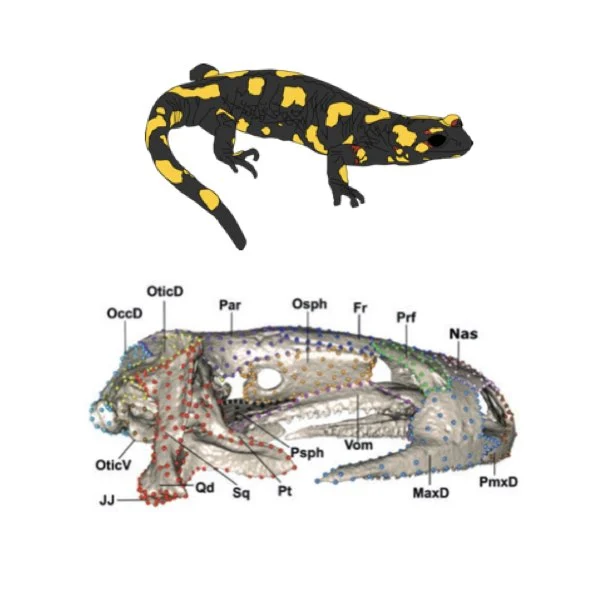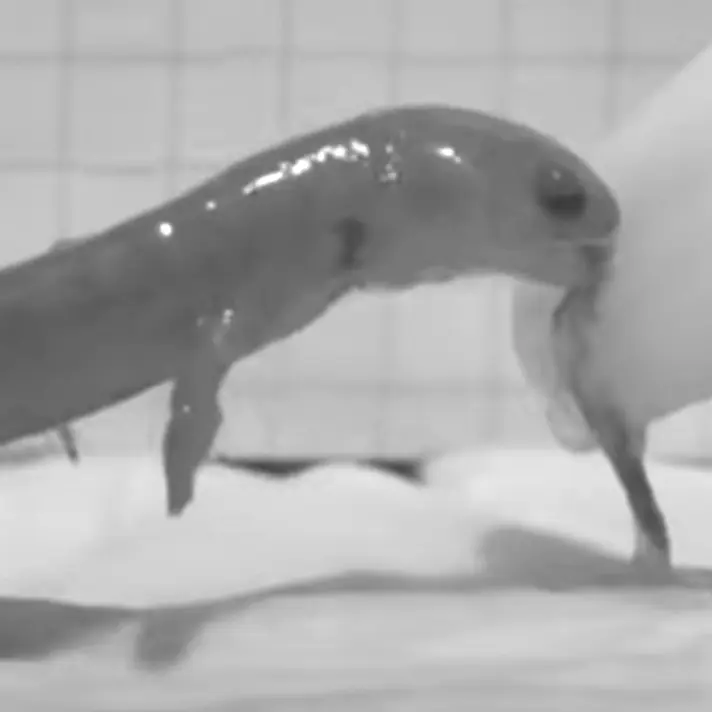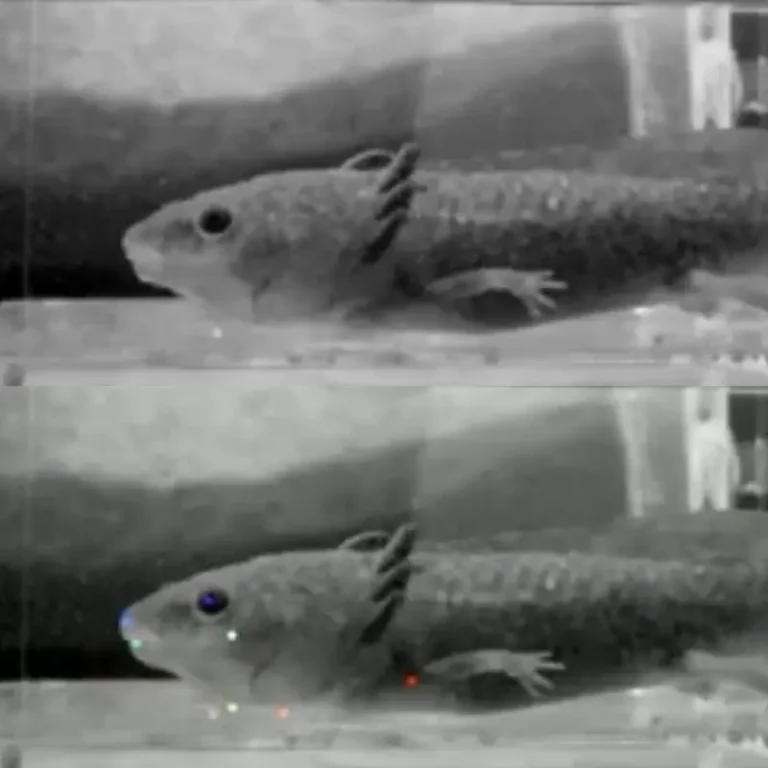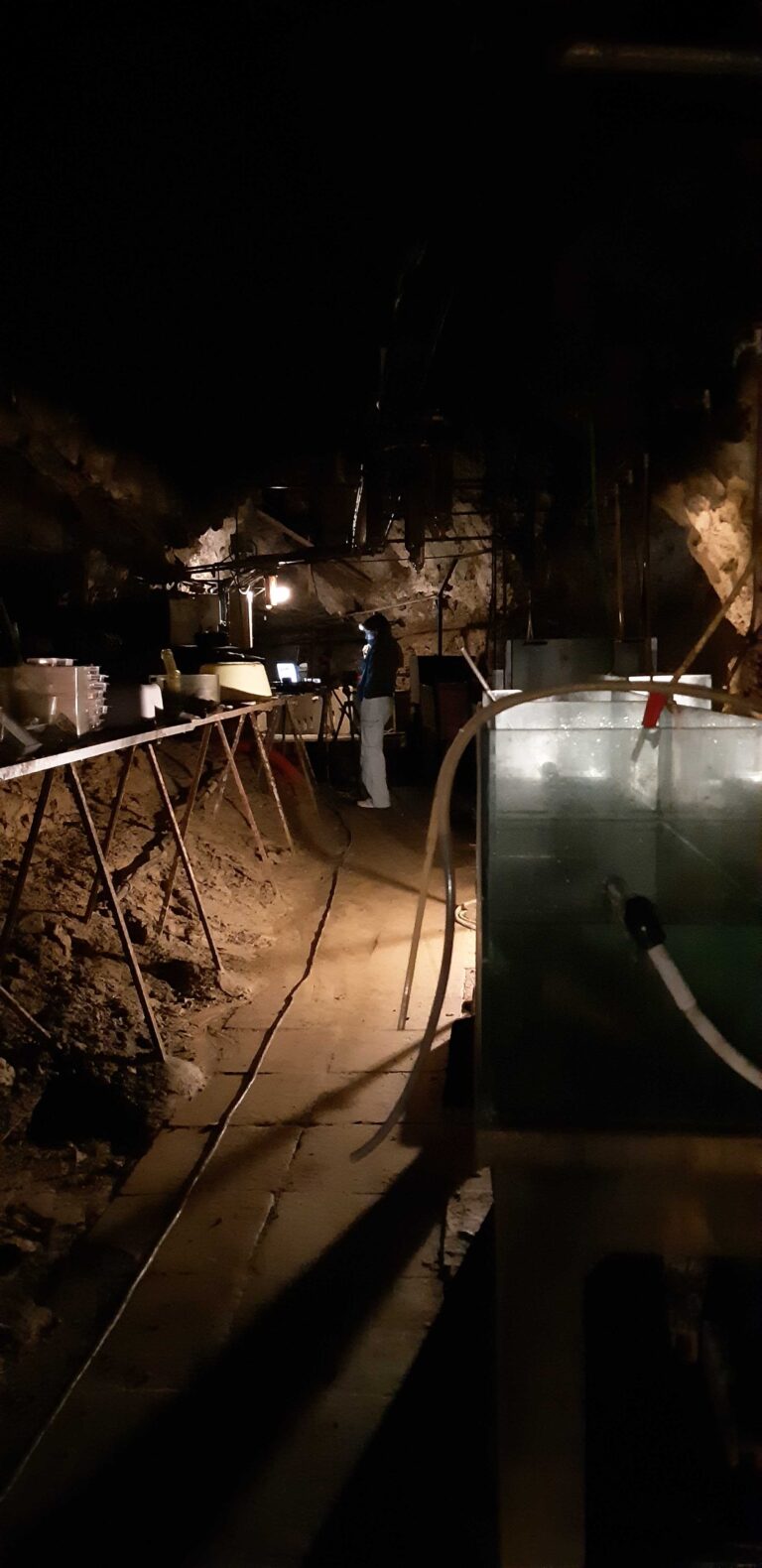
Phenotypic integration and modularity are concepts that represent the pattern of connectivity of morphological structures within an organism. Integration describes the coordinated variation of traits, and analyses of these relationships among traits often reveals the presence of modules, sets of traits that are highly integrated but relatively independent of other traits. Phenotypic integration and modularity have been studied at both the evolutionary and static level across a variety of clades, although most studies thus far are focused on amniotes, and especially mammals.
In our article out this week in the Biological Journal of the Linnean Society, we use a high-dimensional geometric morphometric approach to investigate the pattern of cranial integration and modularity of the Italian fire salamander (Salamandra salamandra giglioli). We recovered a highly modular pattern, but this pattern did not support either entirely developmental or functional hypotheses of cranial organisation, possibly reflecting complex interactions amongst multiple influencing factors.
We found that size had no significant effect on cranial shape, and that morphological variance of individual modules had no significant relationship with degree of within-module integration. The pattern of cranial integration in the fire salamander is similar to that previously recovered for caecilians, with highly integrated jaw suspensorium and occipital regions, suggesting possible conservation of patterns across lissamphibians.
Featured publication: Bon, M., Bardua, C., Goswami, A., & Fabre, A. C. (2020). Cranial integration in the fire salamander, Salamandra salamandra (Caudata: Salamandridae). Biological Journal of the Linnean Society, 130(1), 178-194.



